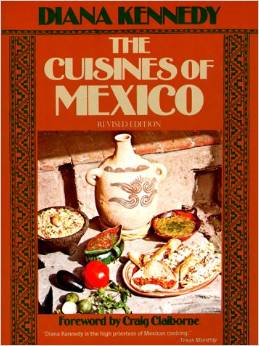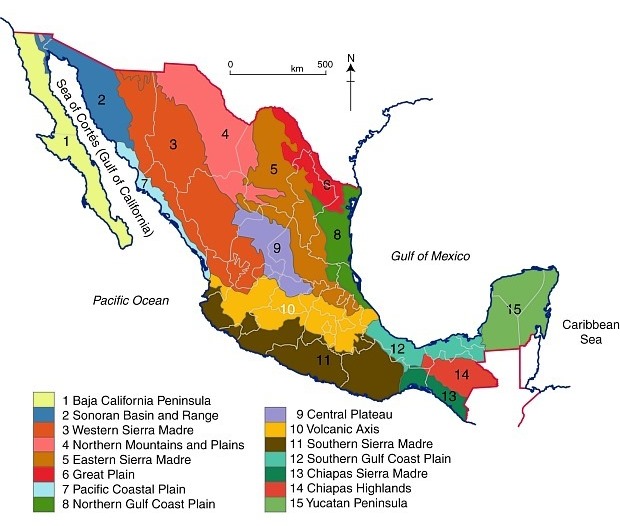Diana Kennedy is the world’s foremost authority on regional Mexican cuisines. Born in the UK, she moved to Mexico in 1957 with her husband, Paul Kennedy, a New York Times correspondent. Over the next half a century, Kennedy traveled the length and breadth of Mexico, collecting stories, cooking techniques and recipes, and writing about regional cuisines from all over the country.
 Her first cookbook The Cuisines of Mexico was published in 1972 and quickly became a classic. She has written several other books about Mexican cuisine, including
Her first cookbook The Cuisines of Mexico was published in 1972 and quickly became a classic. She has written several other books about Mexican cuisine, including
Now in her nineties, Kennedy continues to live in an eco-friendly house in s small village near the city of Zitácuaro in the western Mexico state of Michoacán. The Mexican government awarded her the Aztec Eagle, Mexico’s highest award for non-Mexicans, for her truly outstanding contribution to the country.
In this recent BBC radio podcast, Diana Kennedy is interviewed about her lifetime’s work, including the thousands of hours spent driving along dusty dirt tracks in her pick up truck in search of yet another unrecorded gem of Mexican cuisine.
Her travels often took her to indigenous villages, way off the beaten track, where she would study how and what the local people cooked, discovering along the way, all kinds of things never previously written about.
Podcast (mp3 file) of BBC Radio 4 Food Programme about Diana Kennedy :
The initial leads for the next trip often came from the maids of friends in Mexico City, maids who were prepared to share their family recipe secrets with her.
Kennedy documented varieties of corn and beans that are rapidly disappearing, as are the small family farms where they were grown. In most locations, she would start by exploring the local market. Marveling over the incredible fresh produce she encountered wherever she traveled, she recorded every detail; sadly, some of these markets have long since disappeared.
The “Mexican miracle” of the 1960s and 1970s, with its growing economic prosperity brought a tide of imported foods into Mexico. These reached deep into the countryside. In many places, traditional foods were forgotten, replaced by imported items such as wheat bread and pork chops.
Dietary changes have continued to plague Mexico, leading to a dramatic increase in obesity. Note, though, that despite the claims made on this BBC program, Mexico does not yet lead the world in obesity – though it is the fourth most obese country in the world (excluding small island states). Clearly, BBC researchers should read Geo-Mexico more often.
Kennedy’s 1972 book, The Cuisines of Mexico was a ground-breaking look at the regional world of food in Mexico. UNAM, Mexico’s National University, is keeping Kennedy’s work alive by making digital copies of all her notebooks, some of which date back to the 1950s.
For more about Mexican cuisine, visit the amazing award-winning blog Mexico Cooks! and also browse the huge selection of recipes, articles and tips about all aspects of Mexican food and cooking in the “Cuisine” section of MexConnect. ¡Buen provecho!
Related posts:


